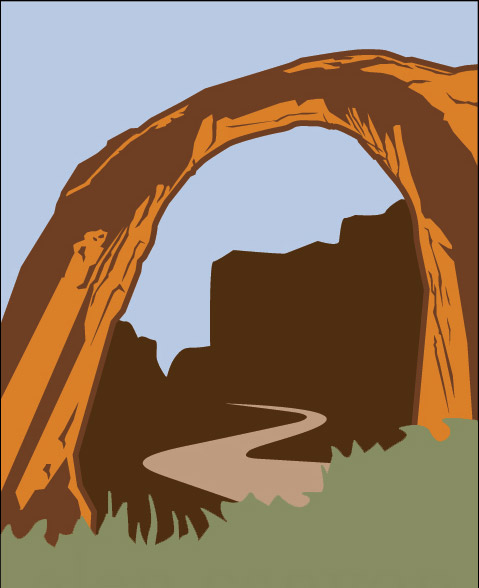
glen canyon instituteDedicated to the restoration of Glen Canyon and a free flowing Colorado River.
GCI
Edward Abbey

Edward Paul Abbey (January 29, 1927 – March 14, 1989) was an American author, essayist and environmental activist who’s work focused heavily on Glen Canyon and the free-flowing Colorado River. Abbey’s early life took place in Indiana, Pennsylvania. Shortly before the draft age for the United States military, Abbey left home to explore the American southwest. It was during his explorations that he fell in love with the Colorado Plateau and the scenic landscape of the four corners area. He returned shortly thereafter and served two years as a military police officer in Italy. Upon arriving home, Abbey enrolled at the University of New Mexico, where he received a B.A. in philosophy and English, and later a Master’s degree in philosophy.
Abbey was best known for his advocacy of environmental issues, criticism of public land policies, and anarchist political views. In fact, Abbey’s master’s thesis explored anarchism and the morality of violence. After receiving his degree, Abbey spent 1957 at Stanford University on a Wallace Stegner Creative Writing Fellowship. Abbey also spent time as a park ranger at what would become known as Arches National Park near Moab, Utah. The notes and sketches accumulated here became the basis for his first non-fiction work, Desert Solitaire. Desert Solitaire was Abbey’s fourth book and was published in 1968. It is regarded as one of the finest nature narratives in American literature and has been compared to Thoreau’s Walden. In it Abbey describes the physical landscapes of Southern Utah, recounts adventures in the canyon country and mountains, and also attacks “industrial tourism”, development in national parks, and heavily criticizes the Glen Canyon Dam and other environmentally degrading projects. Of the southwest Abbey wrote, “[…]crags and pinnacles of naked rock, the dark cores of ancient volcanoes, a vast and silent emptiness smoldering with heat, color, and indecipherable significance, above which floated a small number of pure, clear, hard-edged clouds. For the first time, I felt I was getting close to the West of my deepest imaginings, the place where the tangible and the mythical became the same.”

Another one of Abbey’s best-known works was The Monkey Wrench Gang, which has become an inspiration to environmental groups across the country. Of his writing style, he said, “I write in a deliberately provocative and outrageous manner because I like to startle people. I hope to wake up people. I have no desire to simply soothe or please. I would rather risk making people angry than putting them to sleep. And I try to write in a style that’s entertaining as well as provocative. It’s hard for me to stay serious for more than half a page at a time.”
A major event in Abbey’s life was the Earth First! Rendezvous at the North Rim of the Grand Canyon in 1987. While there, he was involved in a heated debate over his views on immigration with an anarchist communist group known as Alien Nation. Abbey would eventually devote an entire chapter in his book Hayduke Lives to the events that took place at the Rendezvous.
Abbey died on March 14, 1989 in his home in Tucson, Arizona. His final request was that he not be buried in a coffin, but instead, in an old sleeping bag in the desert stating, “I want my body to help fertilize the growth of a cactus or cliff rose or sagebrush or tree.”